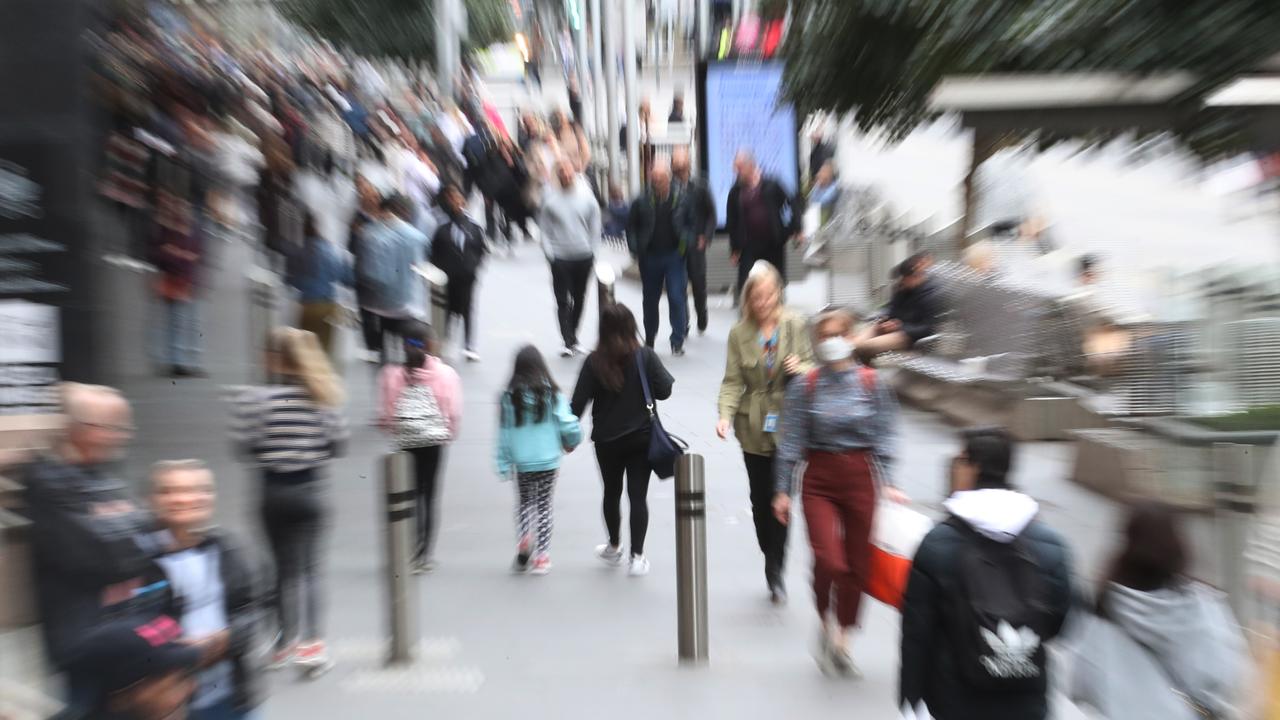Melbourne snatches the crown from Sydney as Australia’s biggest city
If bigger is better and better is bigger, this is going to be bad news for staunch believers in Sydney’s supremacy over Melbourne.

If bigger is better and better is bigger, this is going to be a hard news for staunch believers in Sydney’s supremacy over Melbourne to take.
After more than a century languishing as the beta city to her New South Wales alpha, Melbourne has snatched the title of Australia’s largest city.

Although the crowning was not expected for some years, the Victorian capital has quietly leapfrogged into the top spot after the Australian Bureau of Statistics updated the city’s geographical boundary to include an extra district.
The Significant Urban Area classification – one of the many ways the Bureau calculates Australia’s population – captures urban centre populations as all adjoining centres with more than 10,000 people.
After the 2021 Census, the Bureau changed Melbourne’s Significant Urban Area population to include the northwestern district of Melton.
The move lifted the population of Melbourne to 4,874,400 in June 2021 – 18,700 more than Sydney, according to theSydney Morning Herald.

Despite Sydney still having a larger equivalent geographic population area, and a vice-like grip on the title of most populous city, ABS Regional Population Unit demographer Andrew Howe told the newspaper it seems Melbourne may have clinched the crown sooner.
“Until the 2021 census definition, the Sydney significant area had a higher population than Melbourne,” he said.
“However, with the amalgamation of Melton into Melbourne in the latest significant urban area classification, Melbourne has more people than Sydney – and has had since 2018.”
As recently as 2020, ABS data shows Melbourne’s Significant Urban Area had 71,800 more people than Sydney, the SMH reports, but that margin narrowed significantly due to the impacts of the Covid-19 pandemic on population growth.

Melbourne’s population growth declined from 1.8 per cent in 2018-19 to -1.6 per cent in 2020-21, according to data from the federal government’s Centre for Population, released in January this year.
But the data predicted the city and state would see a significant turnaround by mid-2032.
Indeed, the reason for this boundary expansion was due to rapid population growth on Melbourne’s western fringe since 2011 – Melton’s population grew 61 per cent in the decade to 2021, the SMH reports.

According to Centre for Population data, Melbourne is slated to be home to six million people in 2031 and creep to 6.1 million in 2032. Sydney, meanwhile, is forecast to only pass the six million mark by 2032-33.
But even if Melbourne has taken the crown of bigger city earlier than expected, the ABS’s Greater Capital Cities Statistics Data shows Greater Sydney – which includes the Central Coast – is still more popular than Greater Melbourne.
The former was home to 5.26 million people in June 2021, compared to the latter’s 4.98 million.
The ABS is set to release its regional population estimates for 2022 on April 20.





